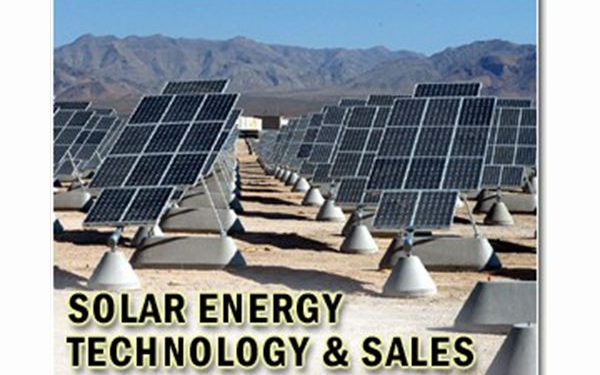Should farms grow crops or harvest solar power MSU research supports both
by Clarence Oxford
Los Angeles CA (SPX) Apr 23, 2025
Farmers facing the tough decision of whether to dedicate land to agriculture or solar energy may not have to choose at all, according to new findings from Michigan State University. Research led by graduate student Jake Stid from MSU’s College of Natural Science Hydrogeology Lab suggests that combining both practices can improve financial stability without compromising food production.
Stid’s study, featured in Nature Sustainability, analyzed 25 years of land-use trends in California using aerial imagery and remote sensing data. By evaluating revenue and cost figures from agricultural and solar operations, Stid discovered that farmers allocating a small portion of their land to solar arrays achieved higher income per acre than those relying solely on crops.
“The conversation shouldn’t be as much about solar or agriculture, but solar and agriculture,” Stid emphasized. “They can work together, and it can be a collaboration rather than a conflict.”
Stid’s research began in the lab of MSU assistant professor Anthony Kendall, a co-author of the study. While exploring satellite data in Google Earth Engine, Stid was encouraged to identify solar installations across the landscape. This exploration evolved into a focused investigation of California, chosen for its agricultural significance and leadership in solar power adoption.
California’s dual prominence in farming and solar energy made it a compelling case study, especially in light of climate change pressures on water, food, and energy systems. The increasing competition between solar installations and food production has prompted some landowners to consider agrivoltaic strategies, in which solar panels are deliberately colocated with crops.
Stid compared three models: full-field solar installations, traditional agriculture without solar, and colocated systems that blend both. The latter provided the best financial outcome, allowing farmers to reduce inputs like water and fertilizer while earning from renewable energy. Additionally, colocated systems offered resilience against weather-related uncertainties.
“If I’m a farmer, these two acres of solar arrays are going to pay me a certain amount of money throughout the year,” Stid said. “I don’t have to worry about yield instability, or whether it’s going to be a wet or dry year.”
The study estimated that about 86,000 people could have been fed using the farmland currently covered by solar panels in California. Nevertheless, solar placements that target less productive zones allow for continued food production while boosting economic returns.
Stid’s methodology drew on UC-Davis crop cost data, annual market prices, water rights fees, and solar power generation models to construct a comprehensive economic picture. The findings showed that partial solar adoption provided both financial and environmental advantages, including lower water usage in a drought-prone state.
Looking forward, Stid plans to expand his analysis nationwide and investigate further environmental effects of solar array deployments. By contributing to broader discussions on sustainable land use, the MSU team aims to help farmers design landscapes that balance energy production, food supply, and ecological impact.
“There are arguments to be made that that’s a more resilient landscape,” Stid said. “You have more benefits being distributed to more people, which we think is impactful.”
Research Report:Impacts of agrisolar co-location on the food-energy-water nexus and economic security
Related Links
Michigan State University
All About Solar Energy at SolarDaily.com

















